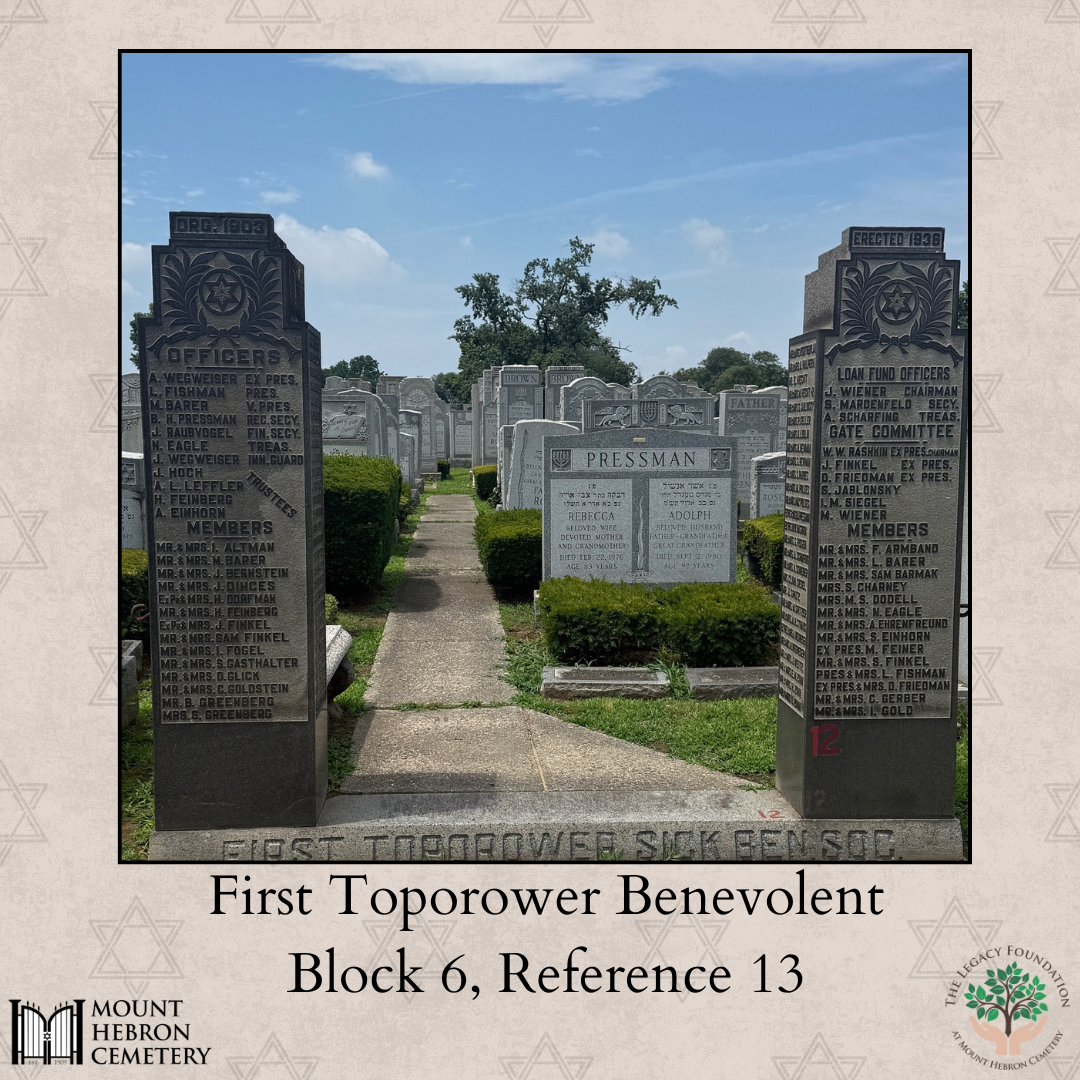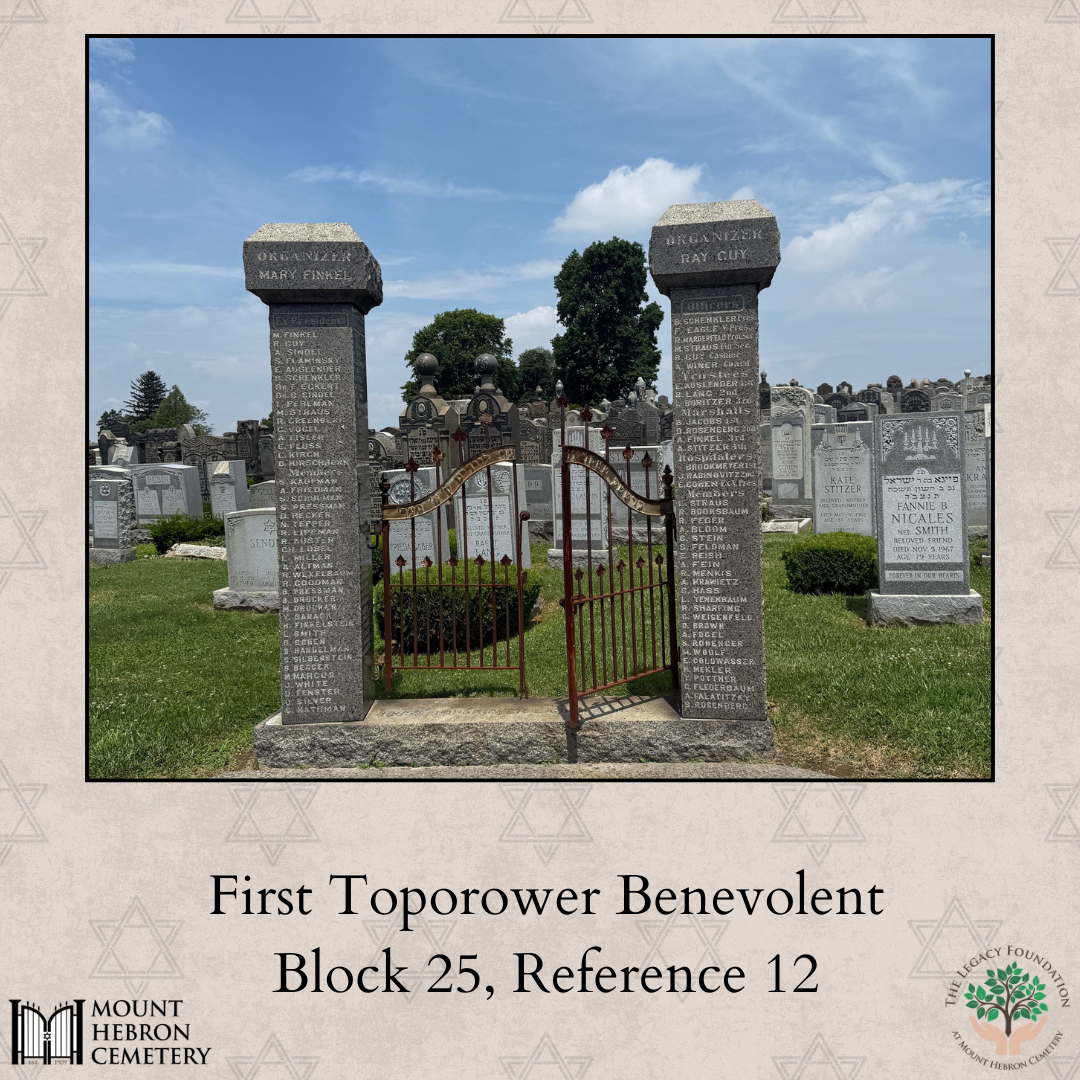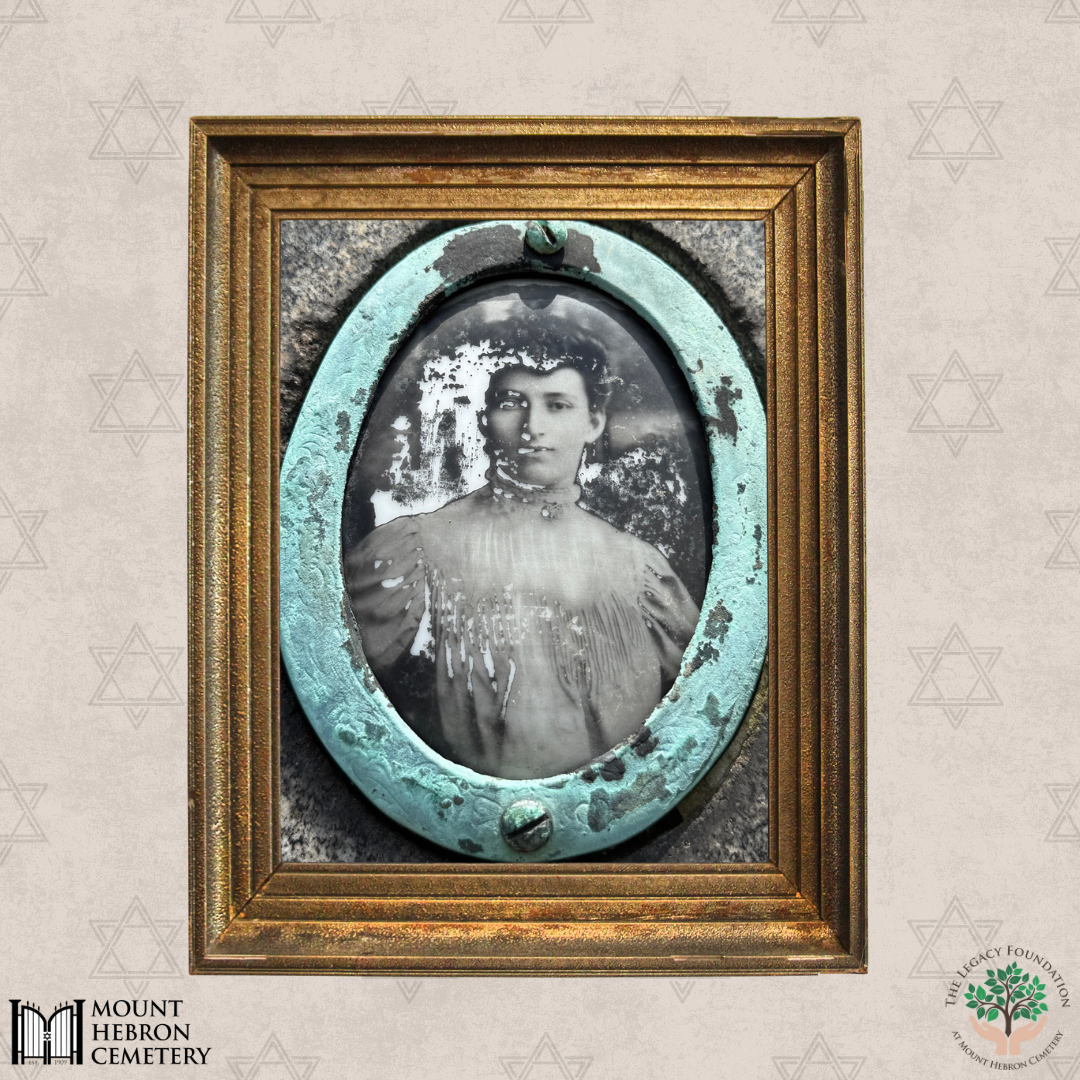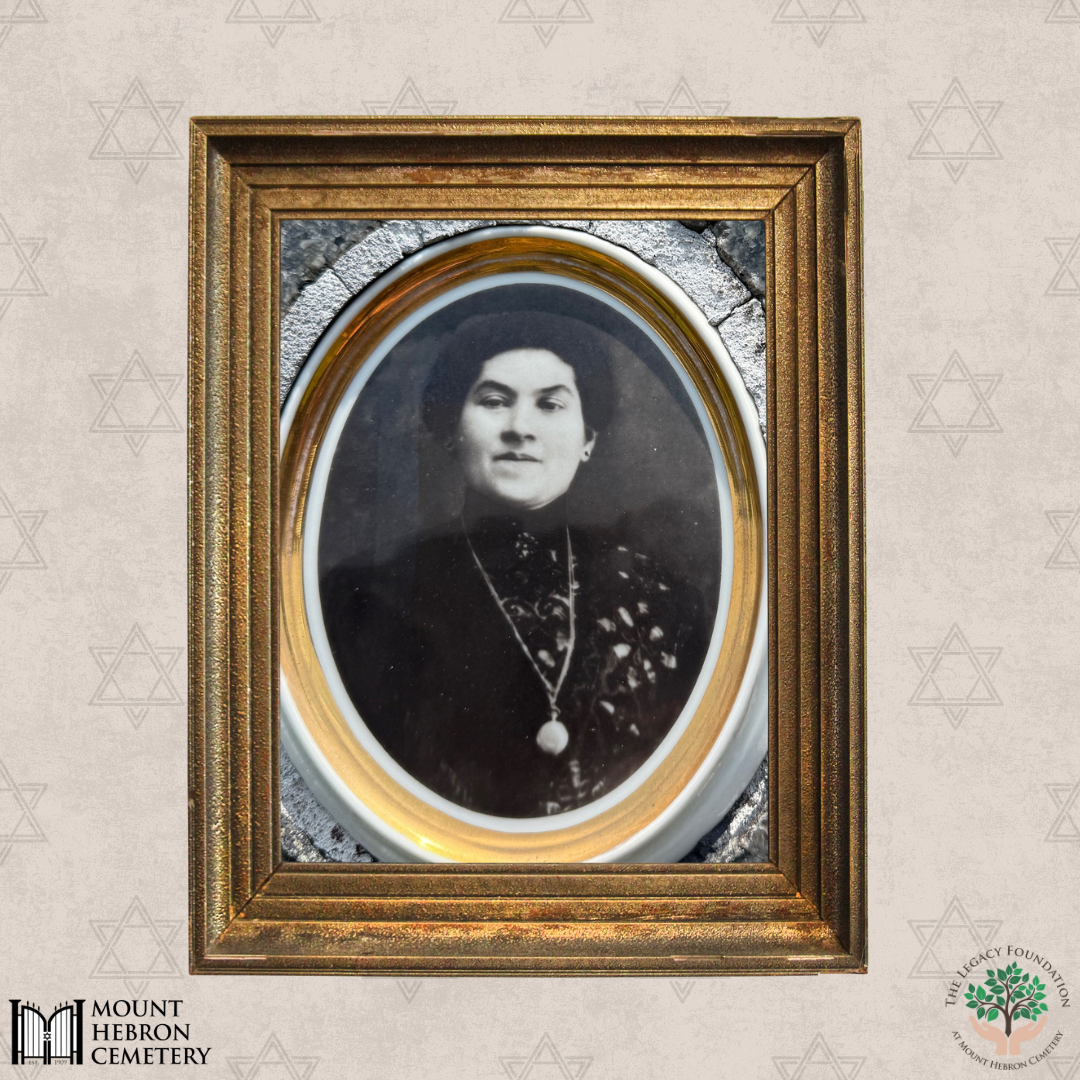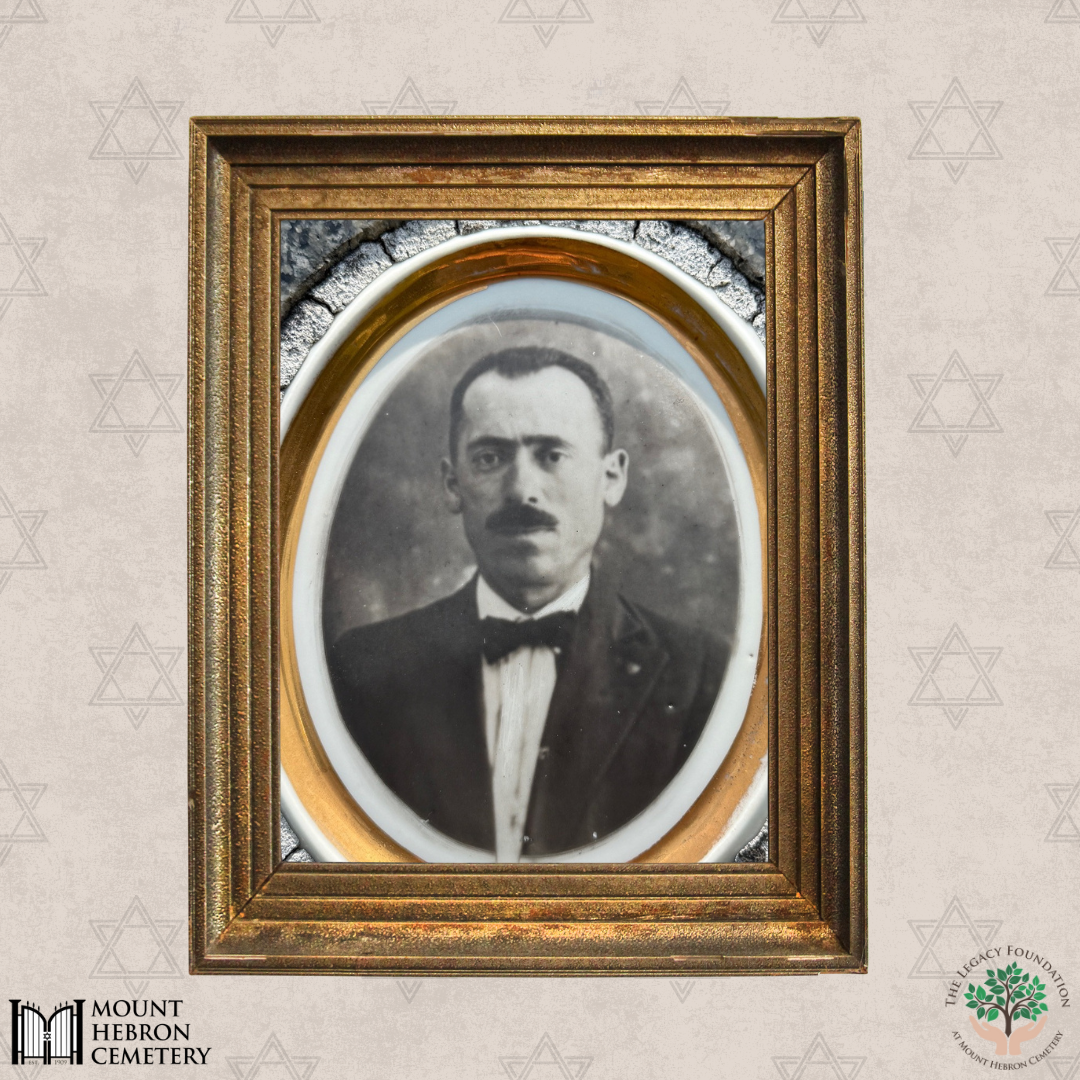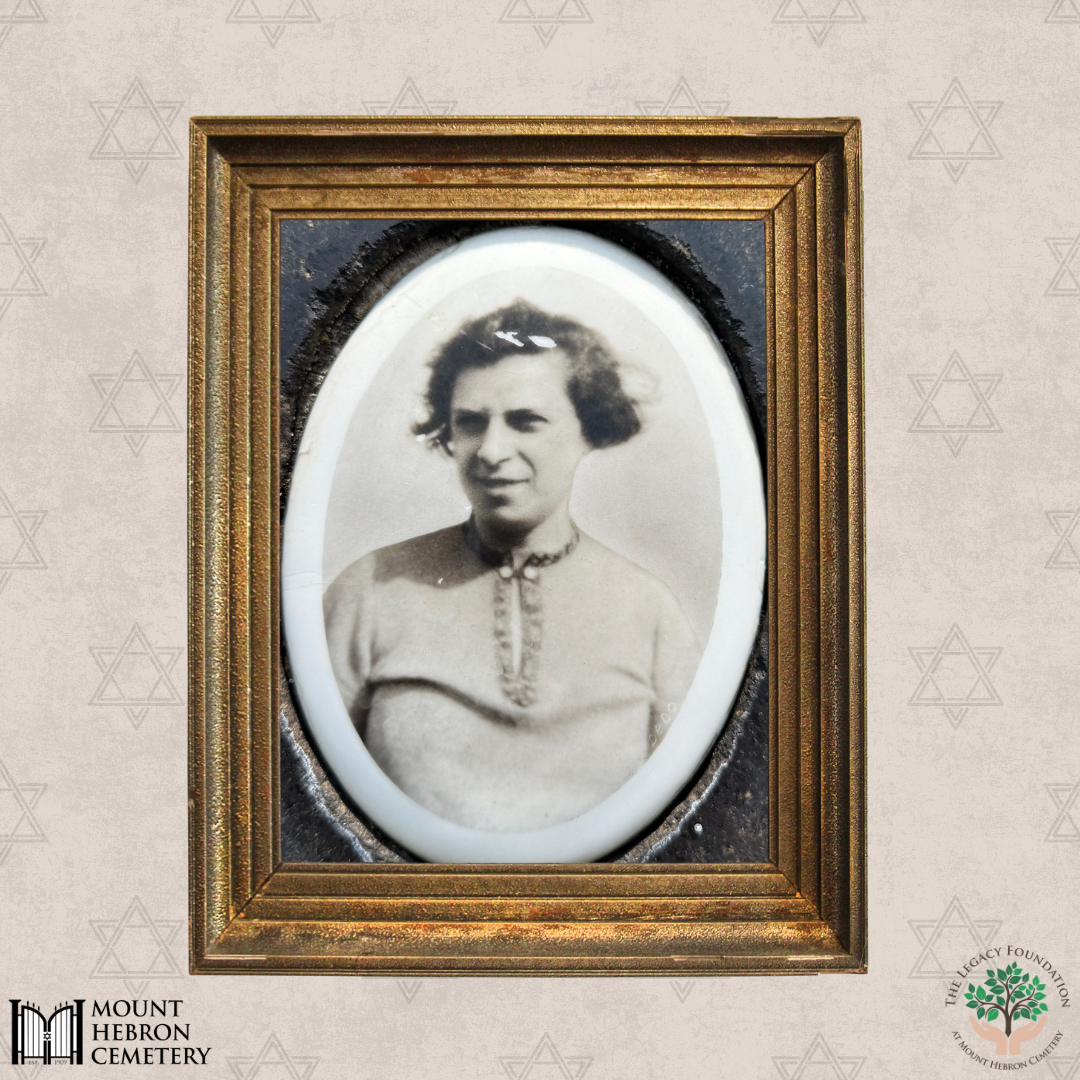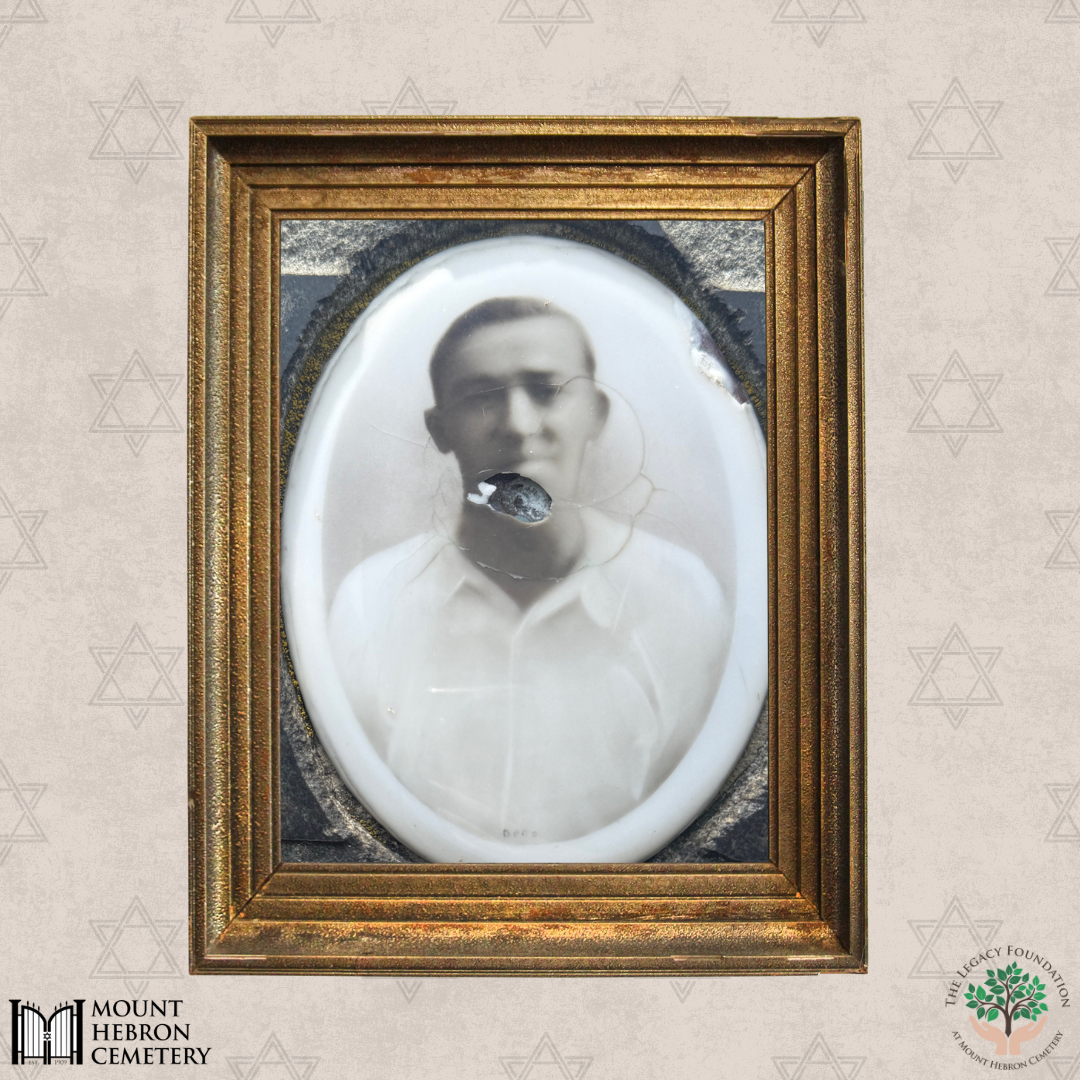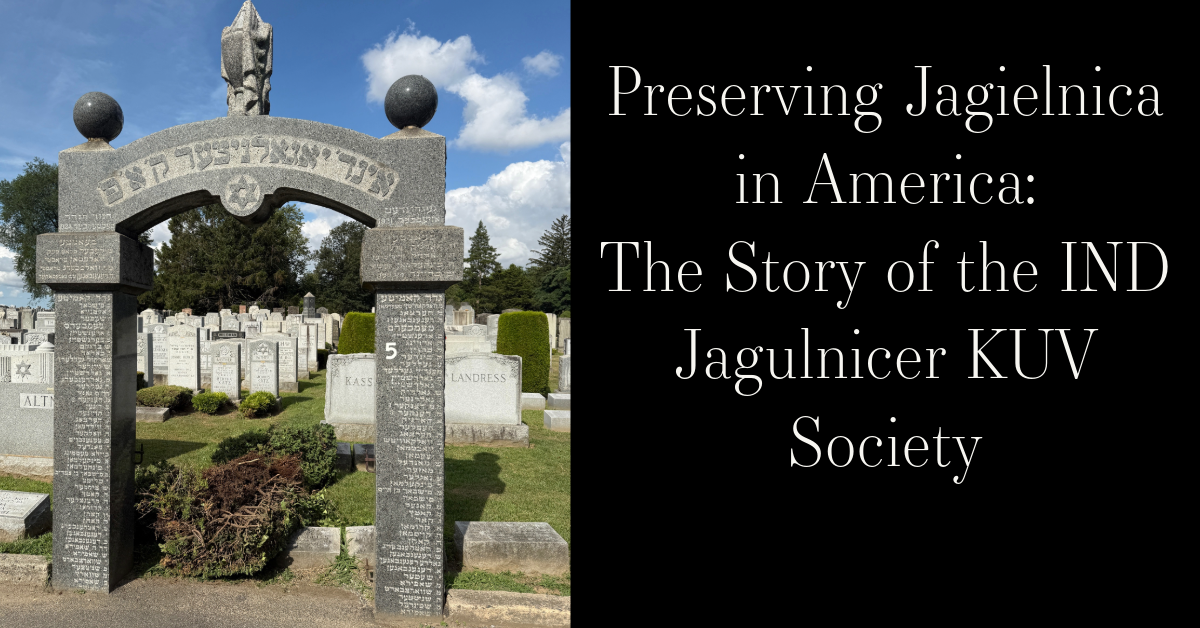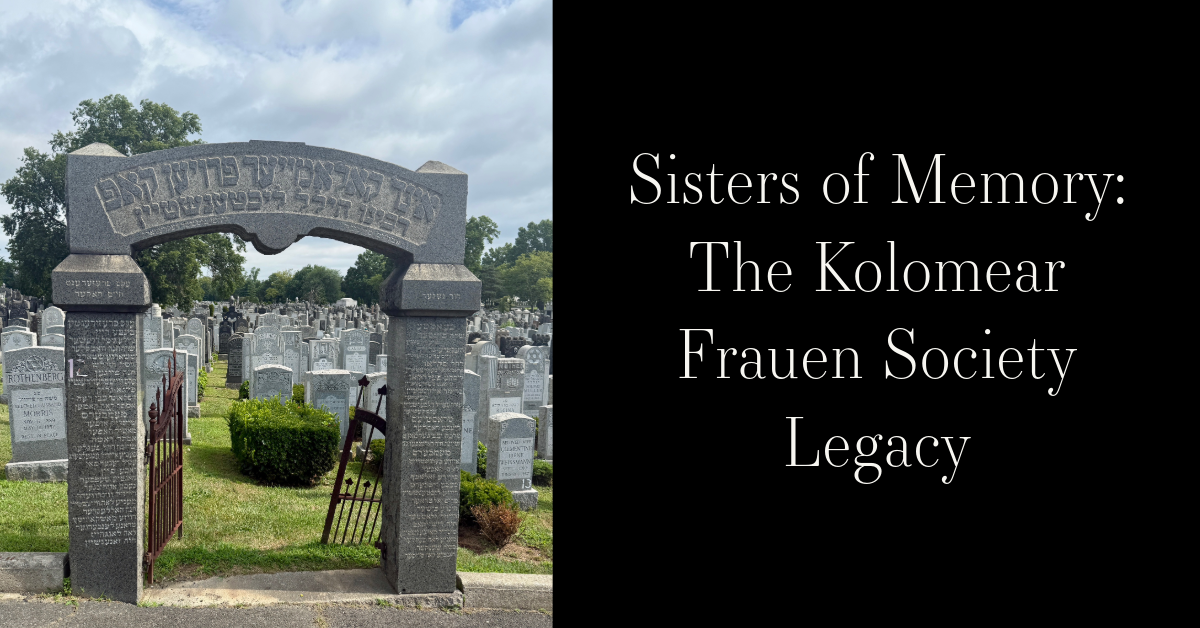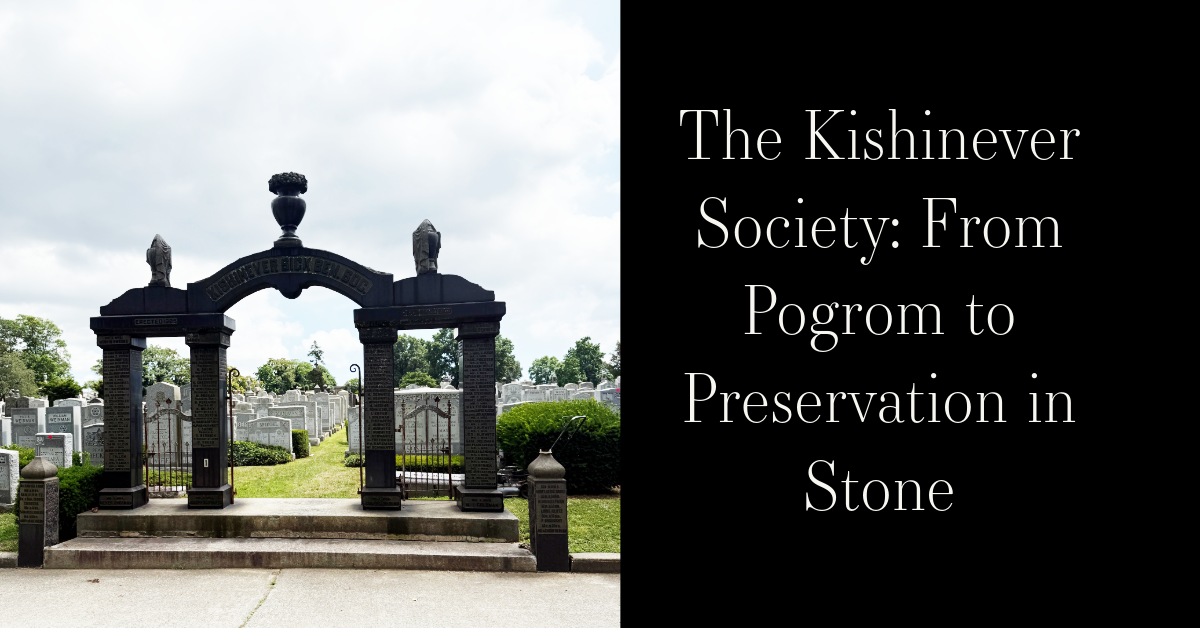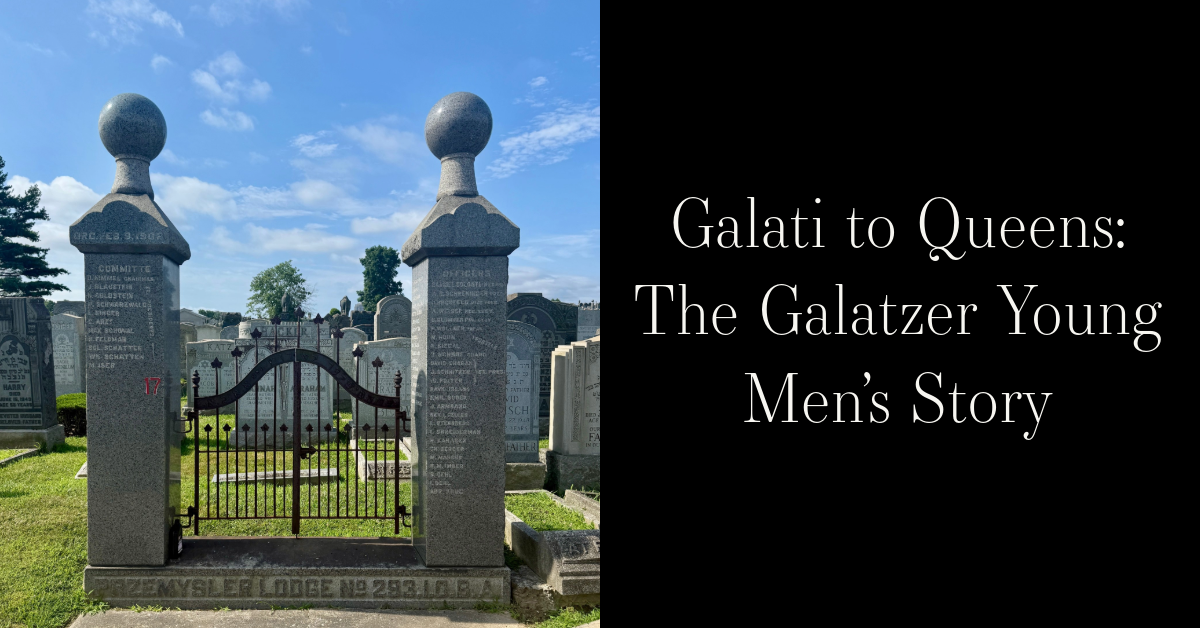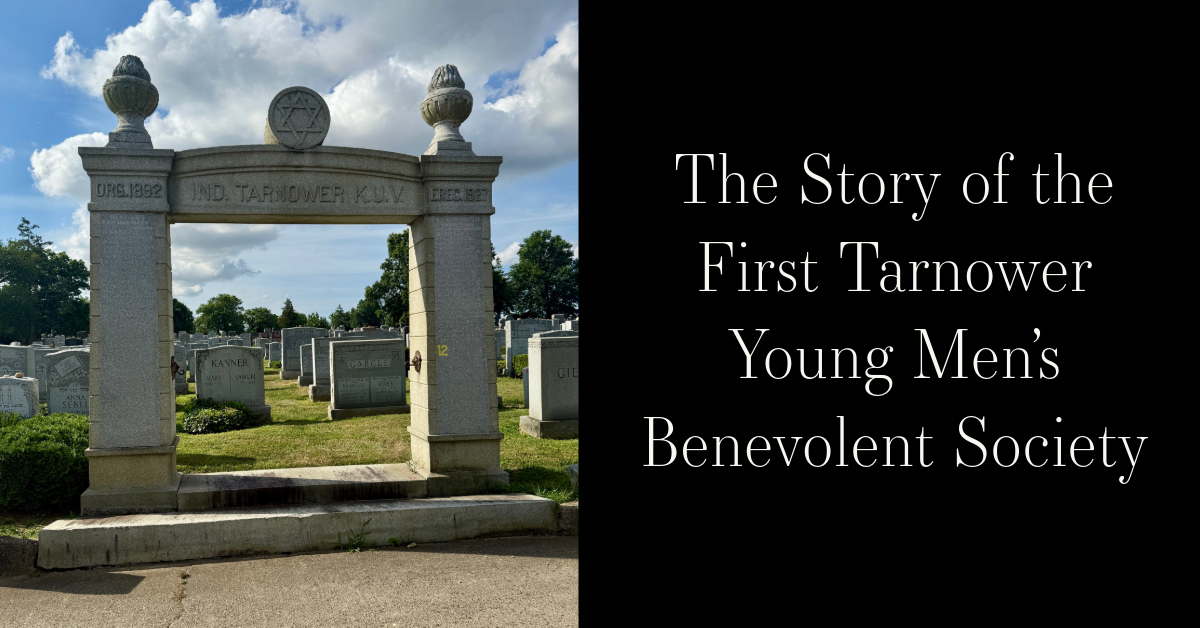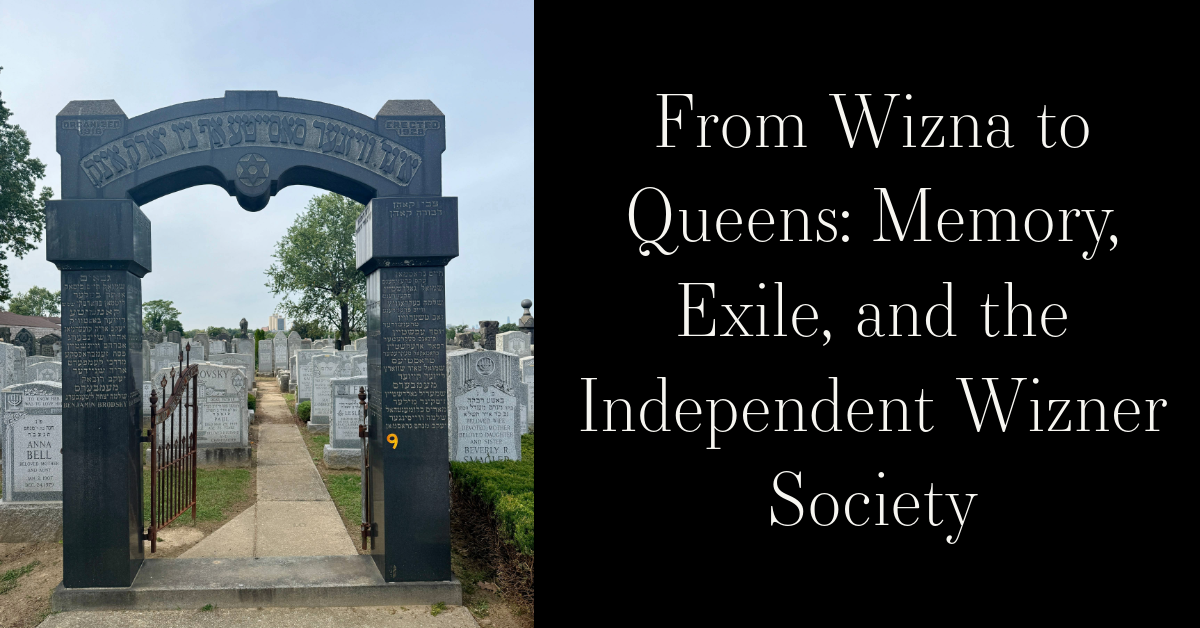Story Summary:
The First Toporower Ladies Sick and Benevolent society was established in 1912 in New York by immigrants hailing from Toporow (Toporov), in the Austrian Empire (now Western Ukraine). The society provided aid to the sick, and assisted with burial needs. Jewish presence in Toporower dates to the town's founding in 1603. Sections of the town were repeatedly destroyed from sporadic fires occurring during the late 19th century/early 20th century. Conditions for the Jews of Toporow did not begin to improve until the interwar period (1918-1939). The Jewish community of Toporow perished following German occupation (1941-1944). Their memories live on. ~Blog by Olivia Scanlon
First Toporower Ladies Sick and Benevolent Society Blog
The First Toporower Ladies Sick and Benevolent society was established in 1912 in New York by immigrants hailing from Toporow (Toporov), in the Austrian Empire (now Western Ukraine). The society provided aid to the sick, and assisted with burial needs.
Jews have inhabited Toporow since it was founded in 1603. The Jewish population was granted a series of rights including permission to build/own homes, sell goods, engage in trades and brew beer. Soon after, a synagogue was opened. In 1635, an army unit entered the town and destroyed the homes of both Christains and Jews. The synagogue was desecrated during the process. Despite this, the Jewish community of Toporow prospered, with many employed in the production and supplying of earthenware vessels (ceramic vessels used for storage). By 1880, there were over 1100 Jews residing in the town. This number decreased significantly following two fires (in 1884 and 1904) that destroyed almost 200 homes.
During the Russian conquest (1914-1915), many homes were looted by the Cossacks. The population suffered greatly from starvation and the plague. During the interwar period, conditions improved for the Jews of Toporow, with the establishment of the Great Synagogue, and a “kloyzim” house of prayer (founded by the Belzer Chassidim). The Zionist movement took flight in Toporow during this time, with its first branch established in 1923. In 1925 and 1930, more branches were formed. A theatre group was created in 1924. In 1921, there were just under 700 Jews in Toporow.
Under Soviet occupation in 1939, the social and economic lifestyle deteriorated. Many were forced to close their businesses, looking for work in co-operatives instead. The Germans entered the town on June 24th, 1941, two days after their invasion of the U.S.S.R. Jews were immediately captured and taken to the Great Synagogue. On June 26th, 1941, those held captive in the Synagogue were killed. Shortly after, about 180 more people were captured and taken to a nearby forest where they were also killed. In July of the same year, a Judenrat was established, headed by Yaakov Wolfert. His task was to escort members of the S.S. (Schutzstaffel) into Jewish homes. Those found were taken to perform forced labor and their property was confiscated. By the fall of 1941, several Jews had been relocated to the Palohov work camp. In March 1942, about 90 Jews (about 20 native to Taporow) were taken to the Belzec extermination camp. Another aktion carried out during September 1942 resulted in an additional 120 people transported to Belzec. Others were sent to the Brody ghetto. In February 1943, the remaining 110 people were transported to Belzec. The town was liberated in 1944.
http://www.yivoarchives.org/index.php?p=collections/controlcard&id=34129&q=le+bund
https://www.jewishgen.org/yizkor/pinkas_poland/pol2_00253.html
https://cja.huji.ac.il/browser.php?mode=set&id=16082
https://www.esjf-cemeteries.org/survey/toporiv-old-jewish-cemetery/
https://www.nli.org.il/en/a-topic/987007545134605171
~Blog by Olivia Scanlon


